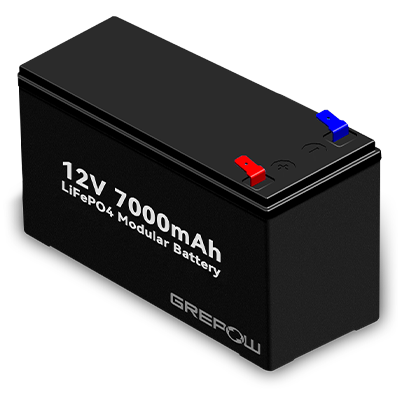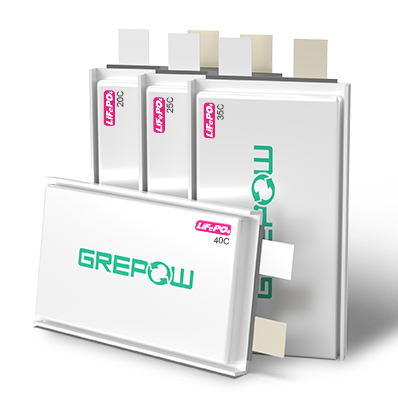Why does the UPS use LiFePO4 battery than Lead-acid battery?
The “most popular” lead-acid battery
UPS applications typically use lead-acid batteries, but apart from the advantages and disadvantages of the battery itself, the only benefit to choose Lead-Acid battery may be the price.
The lead-acid battery was invented in 1859 by French physicist Gaston Planté and is the earliest, was the first rechargeable battery for commercial use, yet still most widely used, type of rechargeable battery.
"Depending on the depth of discharge, lead-acid for deep-cycle applications provides 200 to 300 discharge/charge cycles. The primary reasons for its relatively short cycle life are grid corrosion on the positive electrode, depletion of the active material and expansion of the positive plates. This aging phenomenon is accelerated at elevated operating temperatures and when drawing high discharge currents."- Battery University
Charging a lead-acid battery is simple, but the correct voltage limits must be observed thus you have to charge it with an exact lead-acid battery charger (Nominal cell voltage: 2.1 V). Lead-acid does not lend itself to fast charging and with most types, a full charge takes 14–16 hours, and it must maintain full state-of-charge, the low charge causes sulfation, a condition that robs the battery of performance. Right now, perhaps the lead-acid battery is excellent for use in a UPS.
The battery is continuously charged in the UPS, and its charging speed does not need to be considered. Moreover, the life of the lead-acid battery is long, and it is also suitable for use in low-temperature environments. temperature interval: Min. −35 ° C, max. 45 ° C), the most important thing is that it is cheap. The price of lithium batteries is almost a few times that of lead-acid batteries. Is that true? Depends. If this is simply the case, then lithium batteries have no advantages at all? Lead-acid batteries do have a long life, but lithium batteries do the same and don’t require time to maintain the battery. LFP can have at least 2,000 full charge cycles before it goes down to 80% of its original capacity.
So, if your UPS comes online once a day, then the LFP pack can last at least 9 to 10years without maintenance. Tele-com lead-acid UPS is replaced every 3–4 years. Data centers replace their lead-acid UPS every 2–3 years. The cost of LFP is roughly 2 times the cost of lead-acid batteries. So, you can do this simple Total-Ownership cost for both types of chemistry.
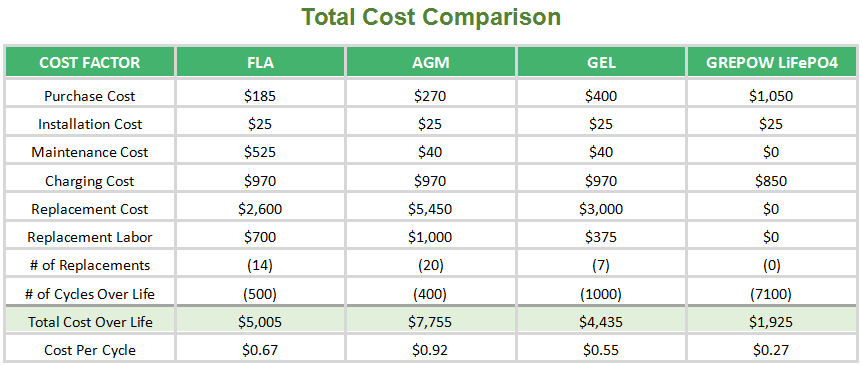
Comparison between LFP and Lead-acid
Lead-acid batteries have an extra cost of replacement installation and disposal every 2–4 years. They also need to be tested every month by expensive technicians to make sure all cells are still working. Li-ion packs have self-diagnostics and will alert you if any cells are beginning to act funny in real-time, online.
Perhaps most of you have used or using lead-acid (LA) batteries. Lead-acid battery are mostly used in the field of energy storage due to its following features:
Low price
Raw materials are easy to explore
Stable performance
Easy to recycle
Suitable for high current discharge
The lower cost of materials thus the lower purchase cost, but its performance and life span are far less than lithium iron phosphate (LiFePO4) batteries. At the same size comparison, the LiFePO4 battery has more capacity, longer life span, either of high temperature and low-temperature resistance, safety and environmental friendly.
Despite the higher upfront cost of LiFePO4 battery, but free of the maintenance cost, and cost of replacement. Let say we compare the total cost of ownership LiFePO4 battery, to three equivalent size off-the-shelf lead-acid battery technologies, in the long run, the average cycling cost of lithium iron phosphate battery is lower. And these savings make it more valuable than lead-acid batteries, making them more suitable for long-term investments.
To save you some time, LFP will be more than around 5 times less expensive in the long run than lead-acid batteries.
In countries that have multiple daily blackouts, LFP is the best solution. It has one of the lowest thermal issues among all the Li-ion chemistry. So, no smoke or fire problems. No need to worry about recycling lead.
So, which one would you choose? LFP or Lead-acid?
Learn more about battery
Keep an eye on Grepow’s official blog, and we’ll regularly update industry-related articles to keep you up-to-date on the battery industry. Grepow: https://www.grepow.com/ Grepow Blog: https://www.grepow.com/blog.html
Related Articles
-
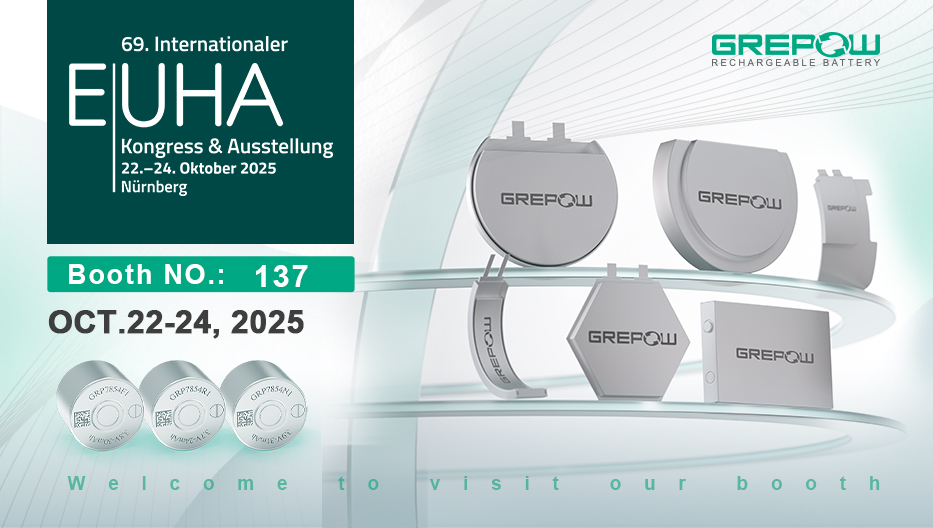
Join Grepow at EUHA 2025: Discover the Next Generation of Ultra-Thin Hearing Aid Batteries
2025-10-22 -

Powering the Future of Wearables: How Grepow's Patented Curved Battery is Revolutionizing the Smart Ring
2025-10-16 -
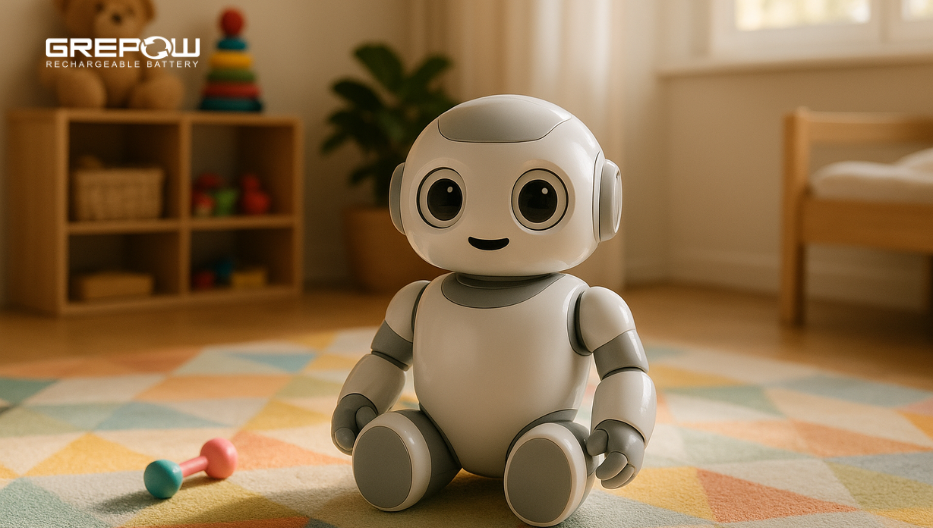
AI Toys Leap into Innovation: Why Battery Choice Matters
2025-09-26














































